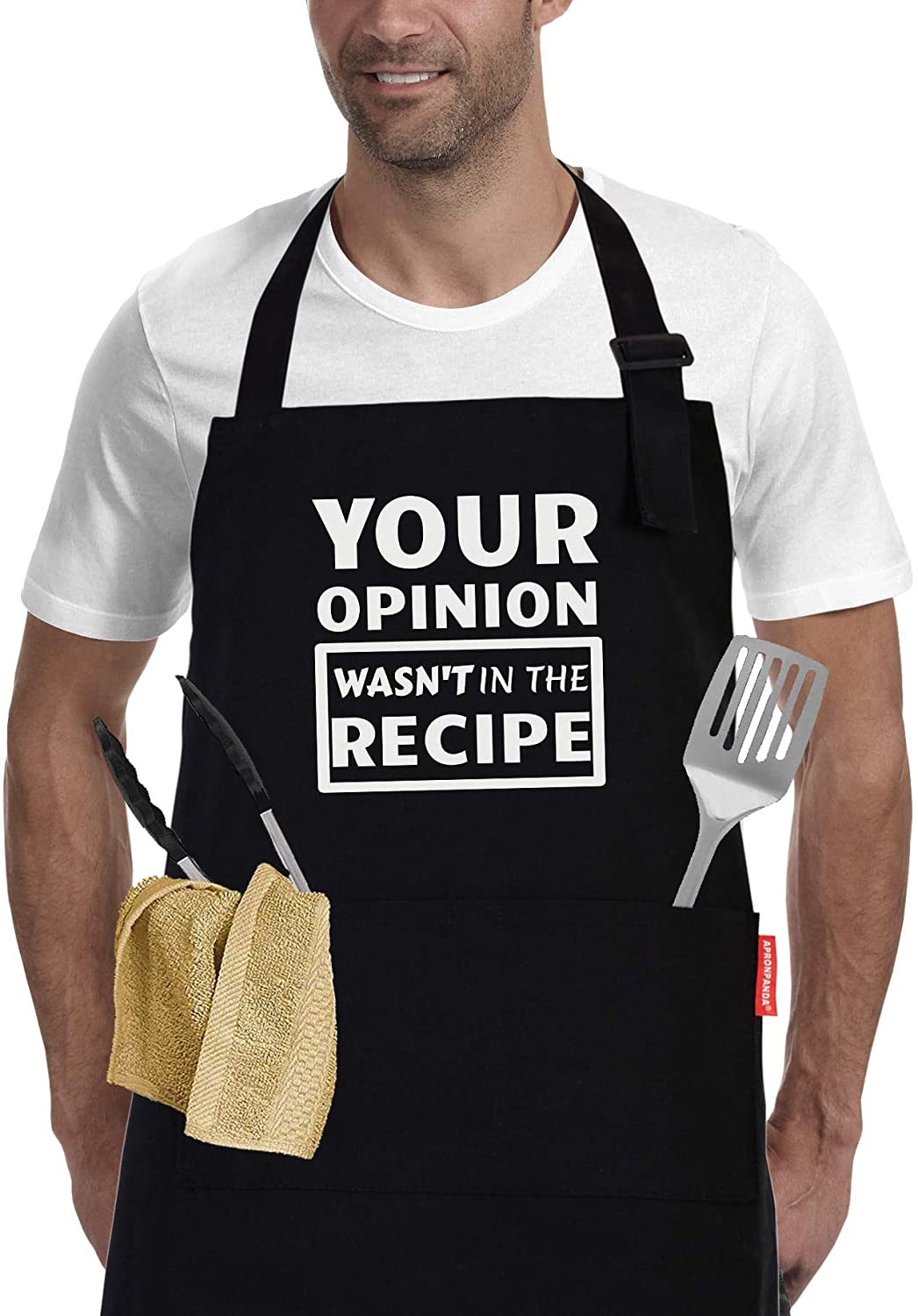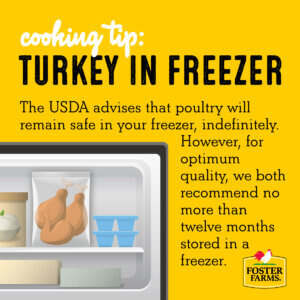
Healthy cooking isn't just a trend. So you can reduce the sodium and fat content of your food, learn how to make broths and stocks. Make sure to use local ingredients whenever possible. Make sure to take the temperature of your food in order to verify it is properly cooked. It's worth it. Here are some other tips to get you started. You'll be surprised at just how easy it is to make healthier meals at home.
Healthy cooking does not need to be trendy
Healthy cooking can help you improve your overall health and quality of life. But healthy cooking isn’t an fad. Food companies, from Campbell Soup to PepsiCo, aren't just following a trend. They actively make healthier food choices and expand their retail distribution.
Making your own broths and stocks gives you complete control over the amount sodium or fat that goes into your meals
Making your own broths and stocks can be both healthy and delicious. To caramelize the meat, bones can be roasted to add a deep and earthy taste to the final product. The cartilage and gelatin from the veal bones add collagen and gelatin to the final stock. Vegetarians can substitute stock for vegetable stock in several recipes. Bone broth can also be frozen for later use.
One of the most versatile cooking liquids is vegetable stock. Vegetables, potatoes, and onions are blended with sweetener and thickening agents. It works well for thick stews, gravies, sauces, and Swedish meatballs. Turkey stock, however, is made from vegetables and spices. This stock is also great for using up leftover pot pie. You don't have to be a fan of chicken stock or beef. There are plenty of options for turkey or chicken stock.

It is best to take the temperature of the food before you eat it.
A food thermometer is a valuable tool when you are cooking poultry or meat. While the outside may look cooked, it isn't always. The juices may appear clear, but the meat inside isn’t. Although tempting to do this, it's not a reliable indicator of cookedness.
To kill harmful bacteria and fungi, it is important to cook food at the correct temperature. Food poisoning can occur if it is not cooked at a safe temperature. As a general rule, the food's internal temperature should be high enough to allow steam to escape. To test this, insert a thin knife through the meat/poultry's middle.
Using local ingredients
If you're a restaurant owner, one of the best ways to attract more customers is to use locally sourced ingredients whenever possible. It's possible to overcharge customers for locally sourced ingredients. But, using seasonal ingredients will ensure that your restaurant costs are kept low. You can also use the USDA's Mixing Bowl to find recipes based on what's locally available. Using seasonal ingredients will allow you to make seasonal menus without having to buy items out of season.
Locally sourced foods have the advantage of being fresh and high quality. Local farmers will provide fresher and healthier meat and produce than the ones you would get from a supermarket. Local farmers can be a great way to support the local economy. Locally sourced produce, meats, and other products will help to reduce carbon emissions and support local businesses.

FAQ
How Much Does it Cost to Learn Culinary Arts Skills?
It is not easy to find a culinary arts degree that costs less than $40,000. For example, a four-year degree typically costs around $40,000. A two-year associate degree, on the other hand may cost less than $5,000. The tuition rate you choose depends on the program. Public institutions are more expensive than private institutions.
What skills will I need to be able to go to culinary school?
You will need to know how to cook, understand food safety regulations, and be able work under pressure in order to become a chef. To learn how to cook, you should take cooking classes at your local high school or community college. After mastering the basics, you'll be able to apply for a job at a catering or restaurant.
How do you become a chef?
There are many routes to becoming a chef. You can begin by taking a course at a community college or vocational school. You might also consider going to culinary school. Finally, consider a paid internship.
Statistics
- The median pay for a chef or head cook is $53,380 per year or $25.66/hour, according to the U.S. Bureau of Labor Statistics (BLS). (learnhowtobecome.org)
- According to the BLS, chefs earn $58,740 a year. (learnhowtobecome.org)
- On average, chefs earn $58,740 a year, according to the BLS. - learnhowtobecome.org
External Links
How To
How to cook steak
The thickness of the meat determines the best cooking method. For example, thinner steaks are best cooked over low heat, while thicker ones need higher temperatures.
Don't overcook them as they will lose flavor. You should always remove the steak from the skillet when it's done. This will prevent you from burning yourself.
Cooking time will depend on the size of your steak and the desired level of doneness. Here are some guidelines:
Medium Rare: Cook till medium rare. This is when the internal temperature of the food reaches 145°F (63°C). This will take between 3 to 5 minutes per side.
Medium: Cook to medium (or until the internal temperature reaches 160degF/71degC). This takes approximately 6 minutes per side.
Cook well until done. That means that the internal temp reaches 180degF (82degC). This typically takes 8-12 minutes per side.